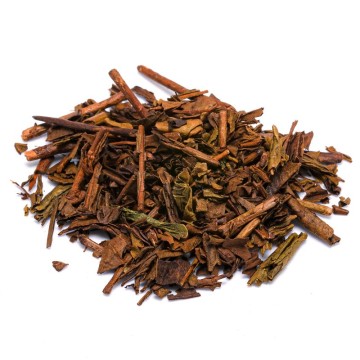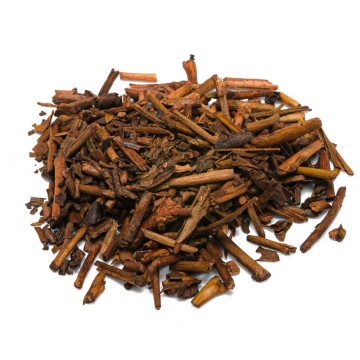From the most tender leaves, in the first days of spring, comes this variety of fine and noble tea, called "Gocce di Giada" or "Dew of Giada” - in the original language, Gyokuro. Next to this wording, Mikoto appears, the ancient name attributed to the Chinese emperor.
A combination of quality highly appreciated by true connoisseurs of the best green tea. The emerald green leaves give a bright cup, an intense sweetish and full-bodied taste, and a refreshing aroma. Tradition has it that it is drunk in the tea ceremonial as one of the highest level of Japanese green tea.
Japan premium mikoto green tea: properties and benefits
This tea is famous for its rich content of antioxidants and minerals, which add a depth of flavor and beneficial qualities to our body. The difference with other teas is created by the shading, which gives a characteristic sweet taste and some antioxidant qualities to the drink. When there is less sunlight, the photosynthesis process of the leaves is also reduced and some healthy elements are maintained for our body.
The leaves of Gyokuro Mikoto in the shade are enriched in chlorophyll and L-theanine - a beneficial amino acid that helps normalize stress levels and calm down. At the same time, it promotes better attention and concentration. The L-theanine contained in the tea is converted into the beneficial antioxidant catechins, if light hits the leaves.
In the shade, the two substances balance each other. Catechin is a polyphenol responsible for the astringent qualities of green tea, and gives antioxidant virtues for health, which stimulates our metabolism and helps slow down the cellular aging process. Catechins have a greater antioxidant power than Vitamin C and Vitamin E.
They are combined with other mineral salts and tannins with anti-diarrheal properties. A catechin, EGCG appears to facilitate faster energy burn by helping the body burn excess fat. Several studies focus on the possibility that the substances contained in green tea help inhibit the absorption of cholesterol. This green tea also has purifying properties, excellent for digestive health and diuresis. Caffeine (also known as theine), known as a stimulant, is absorbed more slowly than coffee: its effect is noticed more slowly, avoiding states of agitation; even if it lasts longer. It should be noted that in the Mikoto green tea leaves, there is a high level of caffeine, due to the cultivation process in the shade.
It helps in the well-being of the oral cavity, prevents bad breath and goes well with various foods , being a fine green tea (cheese, rice, dried fruit, fish, vegetables). The premium japan Mikoto bio is among the best green teas, therefore, for the careful cultivation which leads to a higher number of antioxidants in the tea.
Origins and History of cultivation
The origin of Gyokuro Mikoto green tea, according to some, can be traced back to Japan, to the Yamamotoyama company. In 1835, Yamamoto Kahei traveled to Uji Territory to study tea processing. To learn the secrets of shading tea before harvest with straw umbrellas - it seems to be a practice invented by local farmers to protect the leaves from frost. Yamamoto tried to achieve the same results with his plantations, but he obtained a different tea, with an excellent taste: tamanotsuyu.
In 1841 the production of gyokuro was further perfected, with a particular procedure. It is similar to that of sencha tea, but the difference lies in the cultivation method. At least 20 days before harvesting, the tea leaves are protected from sunlight. The additional shading increases the cost of production and the value of the tea. Also, the leaves require constant care.
The leaves rolled up in the shape of dew, after being toasted, gave this drink its name. Compared to other teas that are shade-grown for one week, the finest Gyukuro tea leaves are also shaded for 3-4 weeks. In some cases, it is prepared from a special variety of plants, and in limited quantities in some areas. Although it can be grown all over Japan, there are mainly three areas interested in Mikoto green tea: Uji in Kyoto, Yame in Fukuoka, Okabe in Shizuoka. The cultivation starts from April to the beginning of June, and the harvest takes place only once a year. Therefore, the amount of Mikoto green tea on the market is only that obtained by growers during the year.
Plant and flowers
Camellia sinensis is a species formed by evergreen shrubs or small trees, belonging to the family of flowering plants Theaceae. The tea plant used to produce Mikoto tea is always Camellia, the same plant used to produce other types of tea.
It is grown specifically to improve its flavor and nutritional profile. The plant, usually for all tea productions, is pruned to a height of about 1.2 meters (when it could reach 9 meters).
It must be shaded for about 3 weeks before harvest, but to compensate for the lack of light, fertilizers are often added; in the bio mikoto green tea version, no chemicals are added. The harvest of the plant takes place with the first shoots, selected to be processed. They are the youngest and richest in nutrients, including chlorophyll and caffeine. Caffeine is produced by the tea plant as a defense mechanism against insects. The tea plant can grow in many locations, but prefers milder climates as it is more sensitive to frost. As a result, the cultivation of Mikoto tea plants is favorable in southern Japan.
Nutritional values of Japan premium mikoto green tea
Jade drops green tea has many components such as antioxidant polyphenols - flavonoids, catechins, flavanols. It makes available nutrients with some amount of vitamins (groups A, B1, B2, B6, B12, C and D), enzymes, minerals (fluorine, calcium, zinc, magnesium and potassium). In addition to tannins and amino acids, including L-theanine (rare molecule). Provides the body with methylxanthines, alkaloids that include caffeine (theine).
How to prepare Japan premium mikoto green tea
Being a fine and tea, it is good to prepare it correctly to fully enjoy its flavor and aroma. Mikoto green tea can be brewed both hot and cold. Hot tea is obtained by placing in a cup (250 ml), about 3-5 grams of the blend of premium Japan Mikoto bio green tea, in water at 80 °C.
Leave it to infuse for 2 to 3 minutes before drinking this green tea. Some preparations even include water at 60° and 3 minutes of infusion, to avoid bitter notes and a high caffeine content. The temperature of the water helps decide the level of caffeine in the preparation. The colder the water, the lower the caffeine levels will be. Timing also makes a difference, the infusion of this Japanese green tea for 2-3 minutes represents an average level (to be increased for more caffeine or decreased, vice versa). Those who wish can add honey or sugar.
Japan premium mikoto green tea: side effects and contraindications
Although the consumption of tea is considered safe for adults, some effects should be taken into account, due to the caffeine content. Many of these side effects only occur if you consume excessive amounts of tea, so it is helpful to keep your intake at moderate levels.
Excessive caffeine intake can be harmful, causing agitation, palpitations, insomnia, nausea and stomach pain. It can be taken, but with caution and with the approval of the doctor, during pregnancy and breastfeeding.





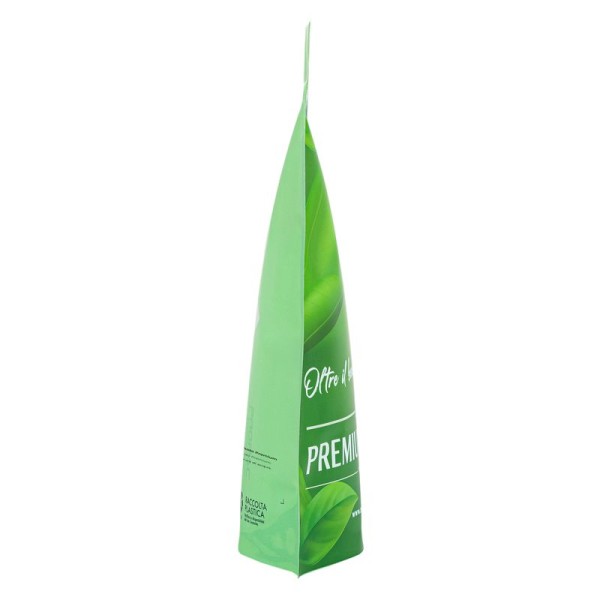





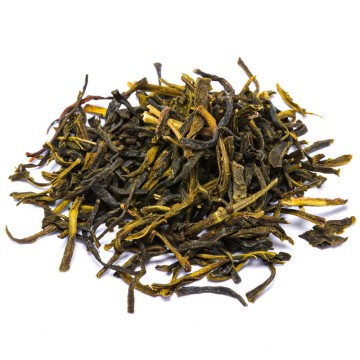
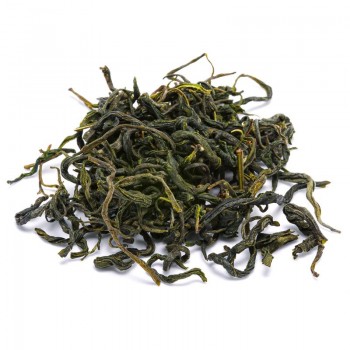
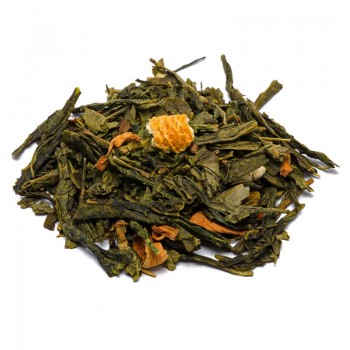
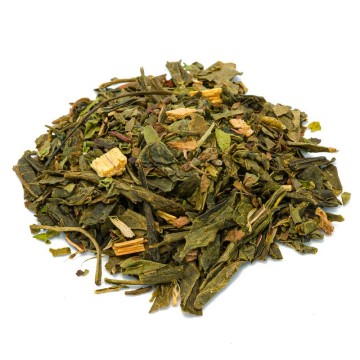
![Green tea Jasmine and jasmine [Natura d'Oriente]](https://www.naturadoriente.com/3373-home_default/green-tea-jasmine-and-jasmine-.jpg)
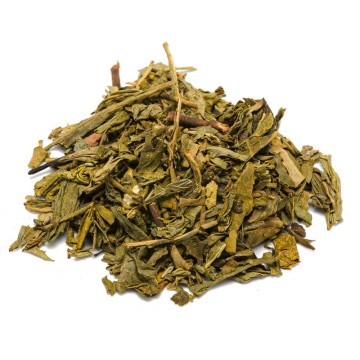

![green tea hemp mango [Natura d'Oriente]](https://www.naturadoriente.com/3381-home_default/green-tea-hemp-and-mango.jpg)

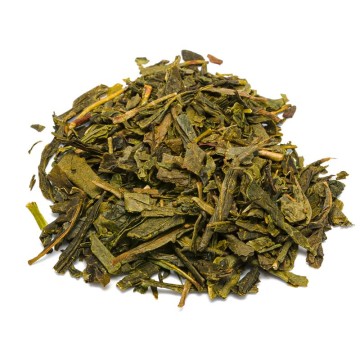
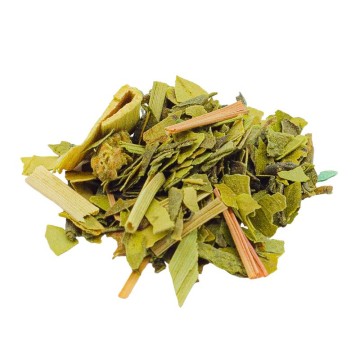
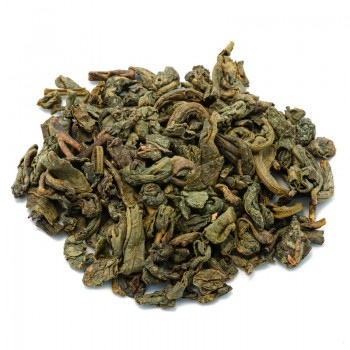
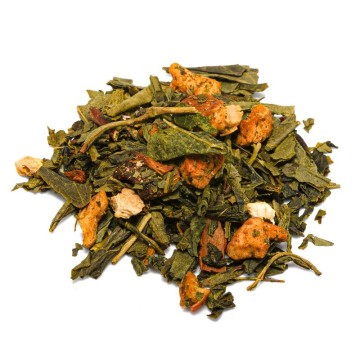
![Green tea with orange and grapefruit [Natura d'Oriente]](https://www.naturadoriente.com/3376-home_default/green-tea-with-orange-and-grapefruit.jpg)
